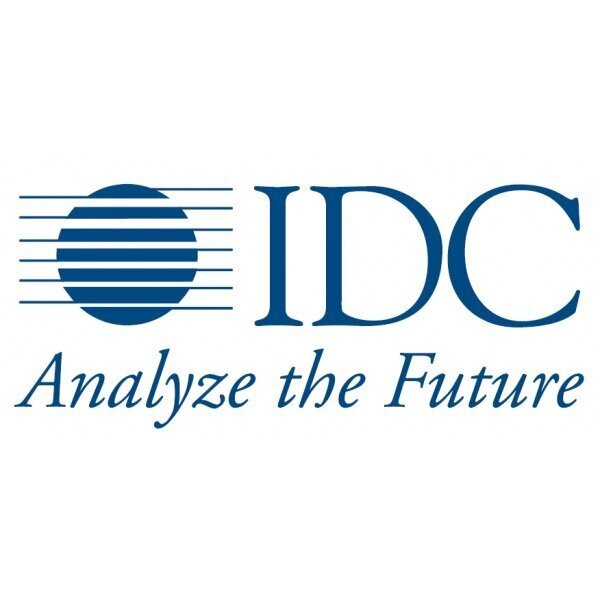Structured Data Management Drives Most Spending on Compute and Enterprise Storage Systems in the First Half of 2022, According to IDC
Organizations spent $6.3 billion on compute and storage infrastructure to support this workload in 1H22, which represents 8.5% of the market total.
Unstructured Databases and AI Lifecycle were two workloads experiencing the highest growth in hardware infrastructure demand with spending growing at 52.9% and 40.2% respectively from 1H21.
Data Management will be the fastest growing category of infrastructure spending in shared cloud and one of the fastest in dedicated environments at 15.9% CAGR and $23.5 billion spending in 2026.
The workload driving the largest share of enterprise IT infrastructure spending in the first half of 2022 (1H22) was Structured Databases/Data Management, according to the International Data Corporation (IDC) Worldwide Semiannual Enterprise Infrastructure Tracker: Workloads. Organizations spent $6.3 billion on compute and storage infrastructure to support this workload in 1H22, which represents 8.5% of the market total. This is also one of the most mature enterprise workloads with 2.2% growth year over year. Unstructured Databases and AI Lifecycle were two workloads experiencing the highest growth in hardware infrastructure demand with spending growing at 52.9% and 40.2% respectively from 1H21. Unstructured Databases are still one of the smallest consumers of compute and storage infrastructure at $2.3 billion, while AI Lifecycle workload, which includes platforms mostly related to AI training tasks, accounted for $4.4 billion.
IDC estimates spending on compute and storage systems across 19 mutually exclusive workloads, defined as applications and their datasets. The full taxonomy including definitions of the workloads can be found in IDC's Worldwide Semiannual Enterprise Infrastructure Tracker: Workloads Taxonomy, 2021 (IDC #US48332521). The majority of workloads map to secondary or functional software markets while several, including Content Delivery and Digital Services, have no equivalent in the software market structure. Workloads are further consolidated into seven workload categories, which include: Application Development & Testing, Business Applications, Data Management, Digital Services, Email/Collaborative & Content Applications, Infrastructure, and Technical Applications.
In 2022, the Data Management workload category, which includes five workloads – AI Lifecycle, Business Intelligence and Analytics, Structured Database/Data Management, Text and Media Analytics, and Unstructured Database – will be the largest with $41.1 billion in spending on compute and storage infrastructure products. It will remain the largest throughout the forecast period with a five-year compound annual growth rate (CAGR) of 9% and reaching $56.3 billion in infrastructure spending in 2026. Most of the growth in this category will come from the fastest growing workloads related to unstructured data and artificial intelligence.
Data Management will also be the fastest growing category of infrastructure spending in shared cloud and one of the fastest in dedicated environments at 15.9% CAGR and $23.5 billion spending in 2026 in shared, and 5.3% CAGR and $32.8 billion in 2026 in dedicated environments (this includes dedicated cloud and non-cloud infrastructure deployments). Technical Applications will be the fastest growing workload category for compute and storage infrastructure consumption in dedicated environments at 6.2% CAGR and second fastest in the shared cloud at 14.8%% CAGR. Cumulative spending on infrastructure for the Technical workload category will reach $11.1 billion in 2026.
To read more, visit www.idc.com.


